Beef, Cheese, Chocolate: These Are the Most Carbon Intensive Foods
 https://climatecrisis247.com/wp-content/uploads/2025/05/769289-150x150.jpeg
https://climatecrisis247.com/wp-content/uploads/2025/05/769289-150x150.jpegThe struggle to reduce global carbon emissions centers around fossil fuels, electricity, and transportation. While large-scale emitters like planes, ships, and factories tend to dominate the climate conversation, one of the biggest drivers of global warming may be sitting on your plate.
Tesla takedown? A Timeline of Tesla Vandalism in the United States
Not in Kansas anymore? Tornado Alley Is Expanding South Into These Cities
Our food system – from farming to land use to packaging to retail – accounts for more than a quarter of global greenhouse gas emissions. As the climate crisis intensifies, experts warn that cutting emissions from food production is essential. In setting agricultural priorities it is important for consumers to know the environmental impact of the foods they eat.
Red meat has the largest carbon footprint, requiring more feed per edible kilogram of meat and producing far more methane than poultry or plant-based options. Cheese ranks near the top, requiring milk from ruminant animals and energy-intensive refrigeration. Chocolate, tied to deforestation and long global supply chains, also ranks highly. A closer look at the data reveals the most carbon intensive foods.
To identify the foods with the highest climate impacts, Climate Crisis 247 reviewed data compiled from peer-reviewed studies, including Poore & Nemecek (2018) and Clark et al. (2022), aggregated by Our World in Data. Food products were ranked based on greenhouse gas emissions per kilogram. Emissions are based on farm-stage inputs such as fertilizer, land and water use, energy, animal feed, and agrochemicals. All greenhouse gases – including carbon dioxide, methane, and nitrous oxide – were standardized into carbon dioxide equivalents for comparison.
25. Camembert

- Carbon footprint: 16.3 kg of CO2 equivalent per kg of edible food product
24. Ricotta cheese

- Carbon footprint: 16.3 kg of CO2 equivalent per kg of edible food product
23. Coffee beans
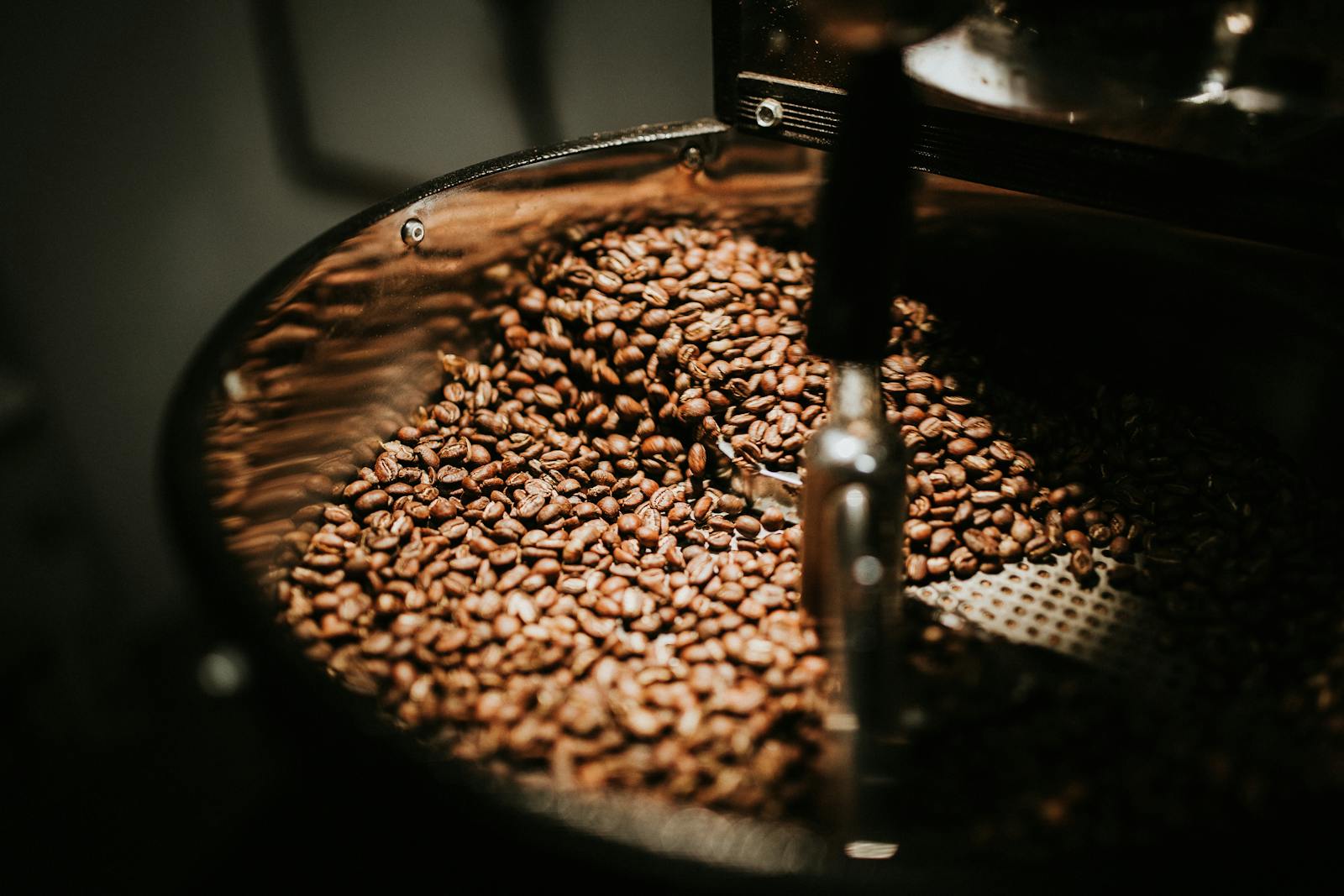
- Carbon footprint: 16.8 kg of CO2 equivalent per kg of edible food product
22. Macaroni cheese
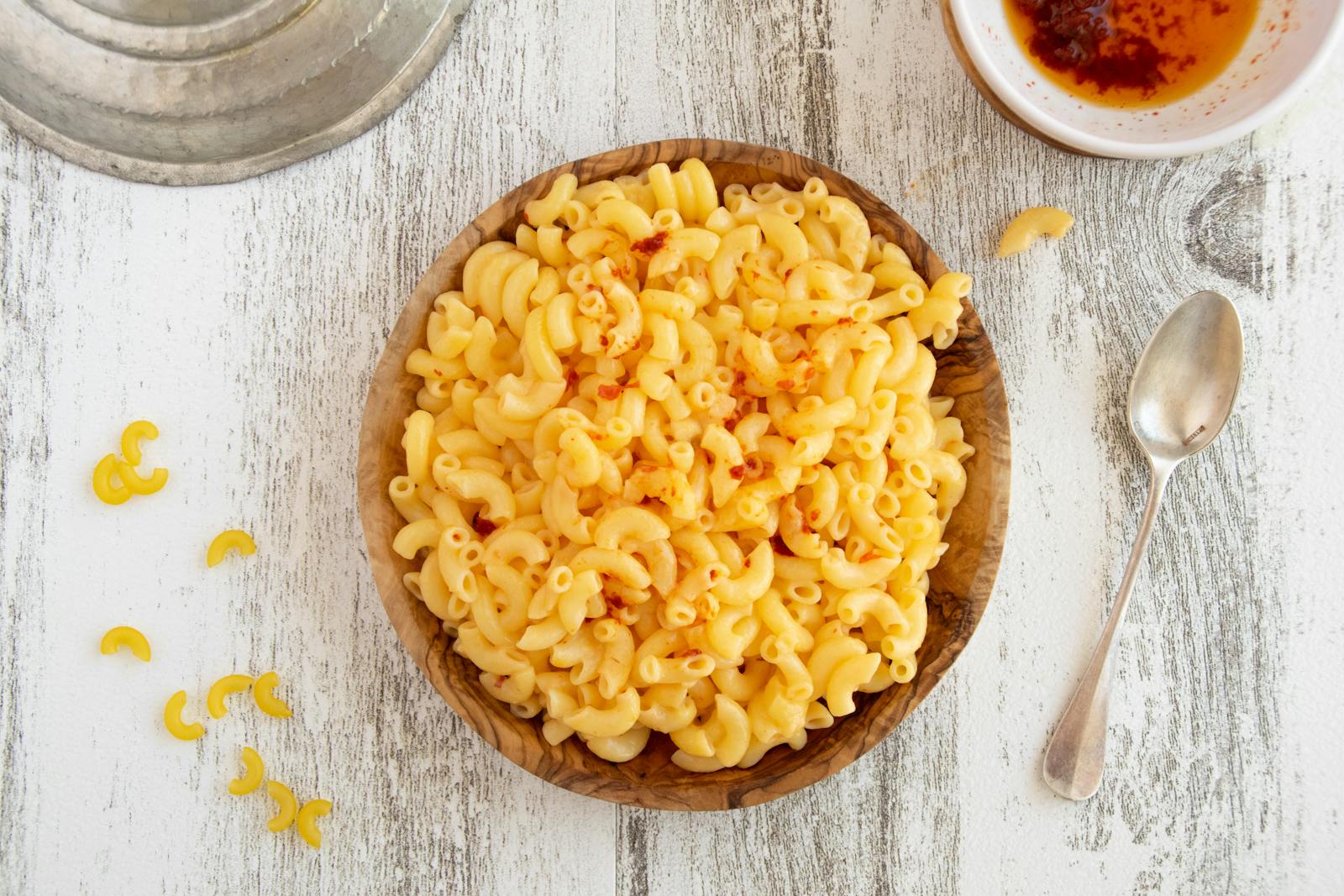
- Carbon footprint: 16.8 kg of CO2 equivalent per kg of edible food product
21. Beef curry
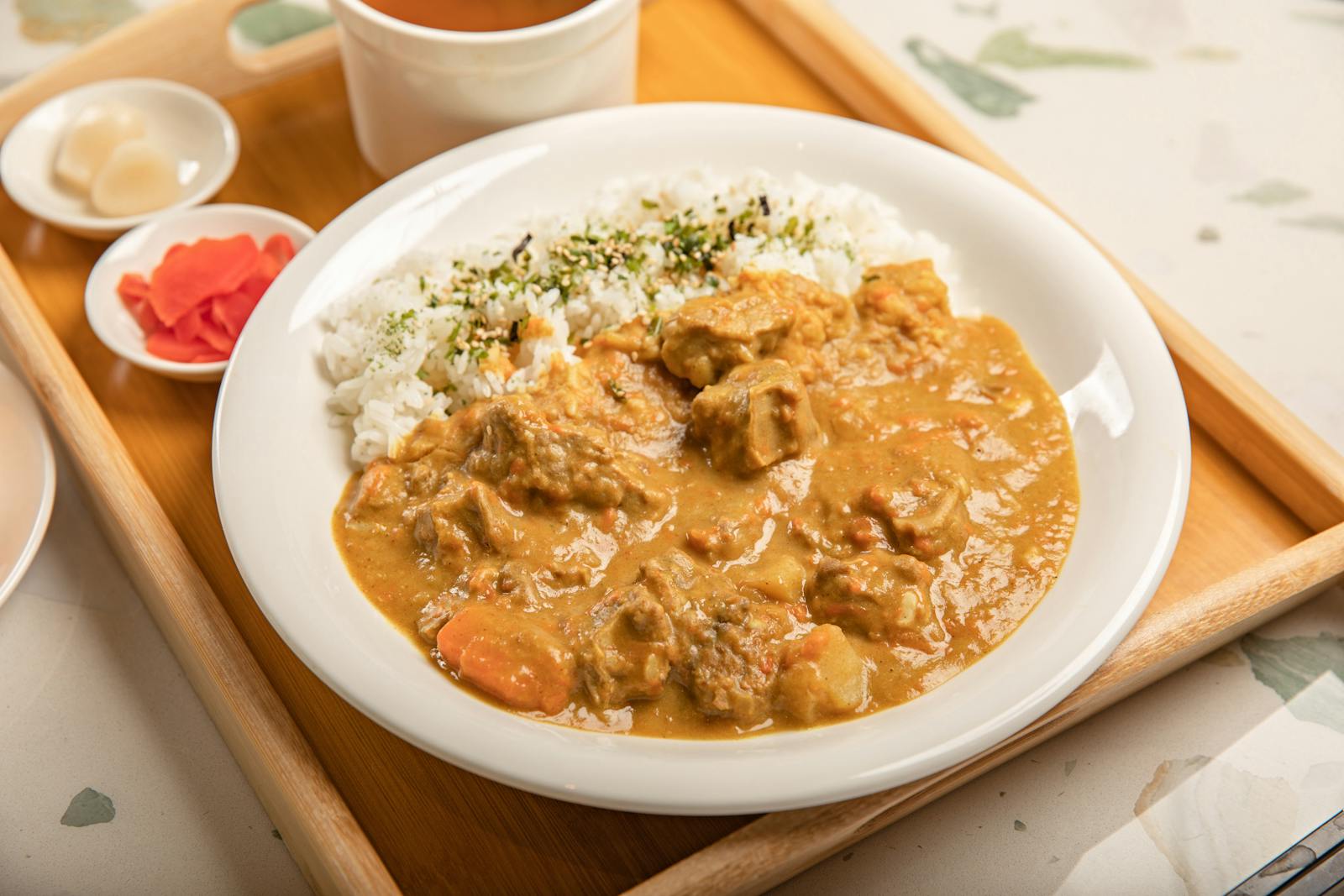
- Carbon footprint: 17.4 kg of CO2 equivalent per kg of edible food product
20. Tea

- Carbon footprint: 17.6 kg of CO2 equivalent per kg of edible food product
19. Brie

- Carbon footprint: 19.1 kg of CO2 equivalent per kg of edible food product
18. Goat cheese
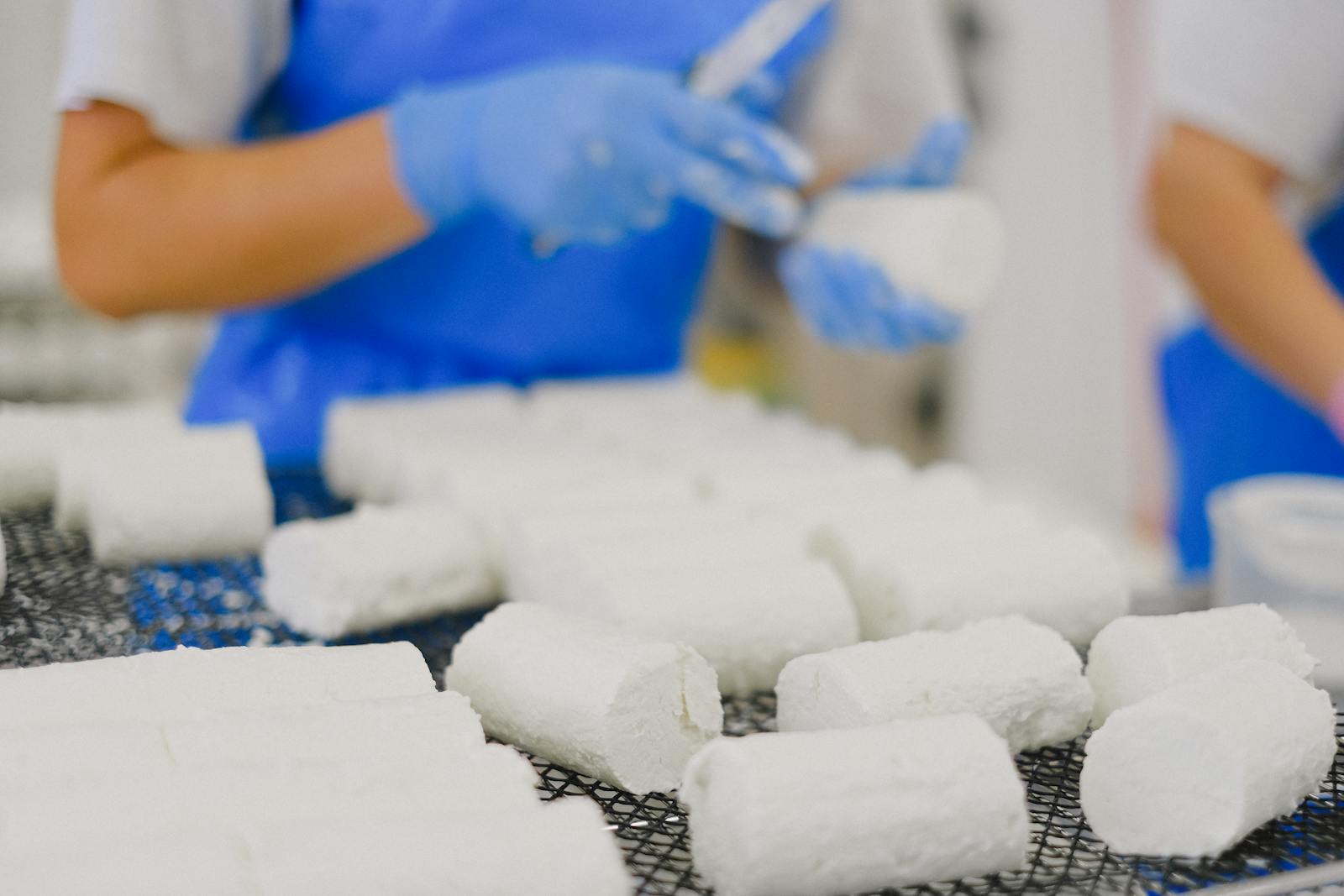
- Carbon footprint: 19.3 kg of CO2 equivalent per kg of edible food product
17. Bacon
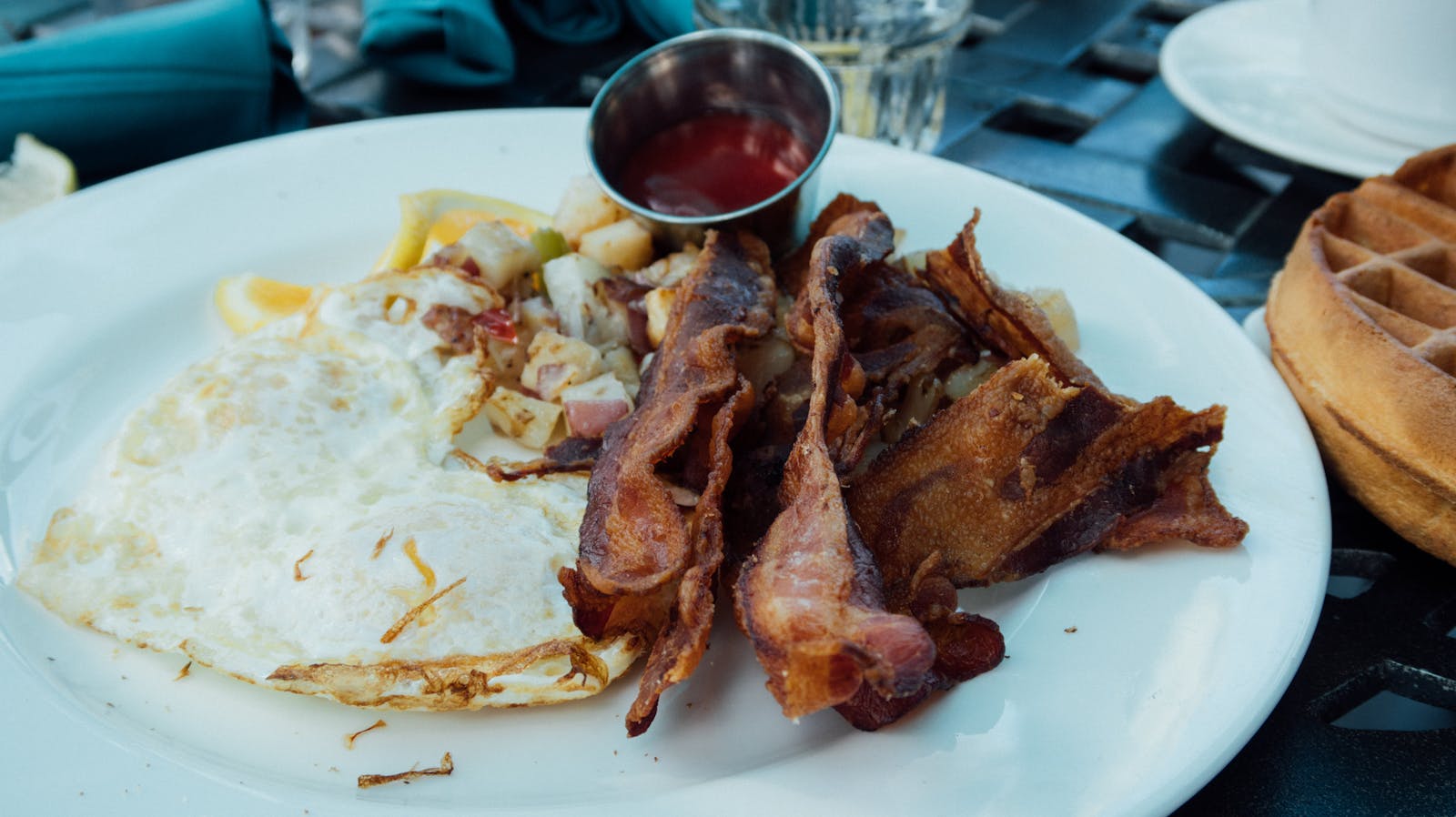
- Carbon footprint: 19.3 kg of CO2 equivalent per kg of edible food product
16. Blue cheese

- Carbon footprint: 20.1 kg of CO2 equivalent per kg of edible food product
15. Coffee pods

- Carbon footprint: 20.3 kg of CO2 equivalent per kg of edible food product
14. Dark chocolate

- Carbon footprint: 20.6 kg of CO2 equivalent per kg of edible food product
13. Cheddar cheese
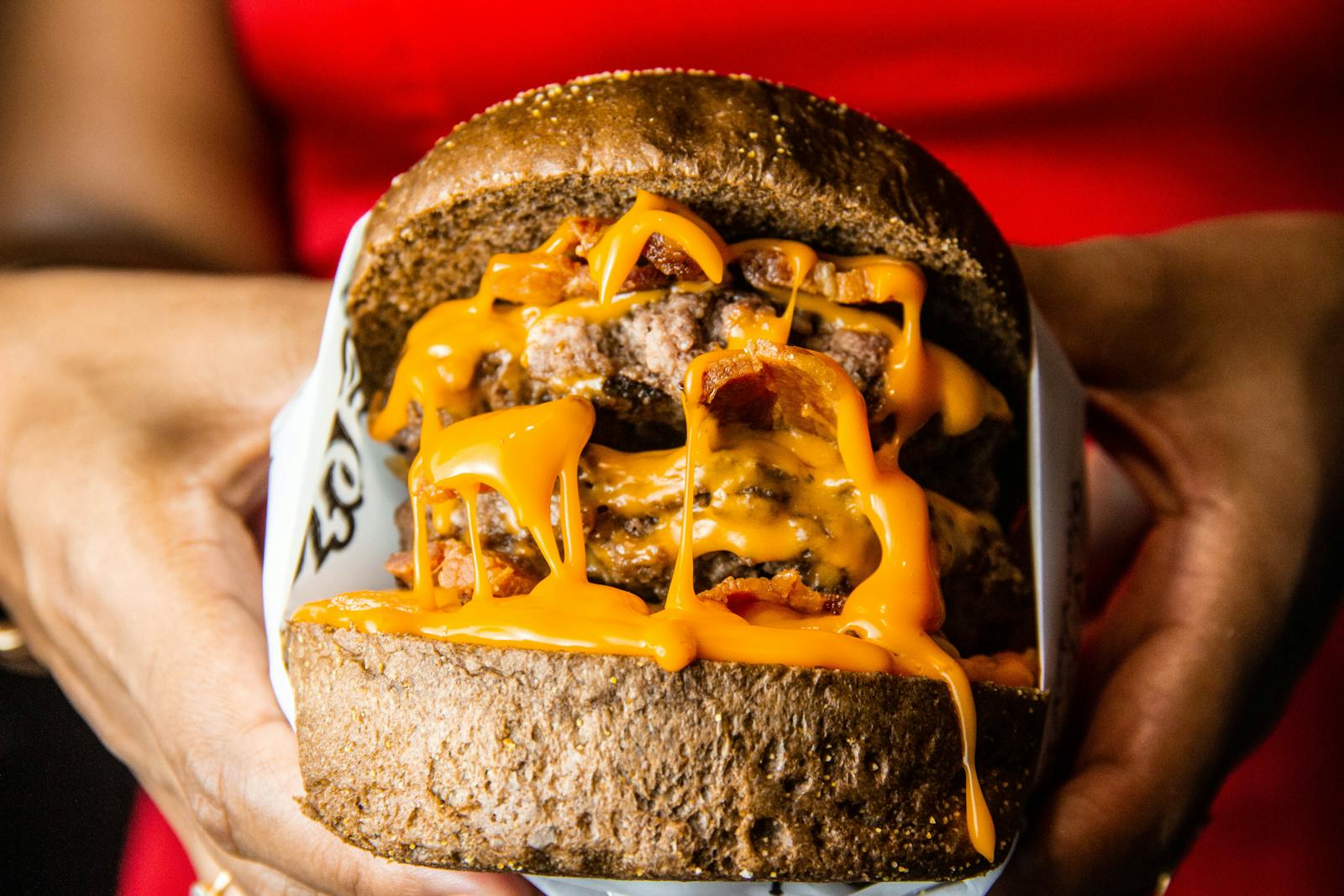
- Carbon footprint: 20.7 kg of CO2 equivalent per kg of edible food product
12. Prawns
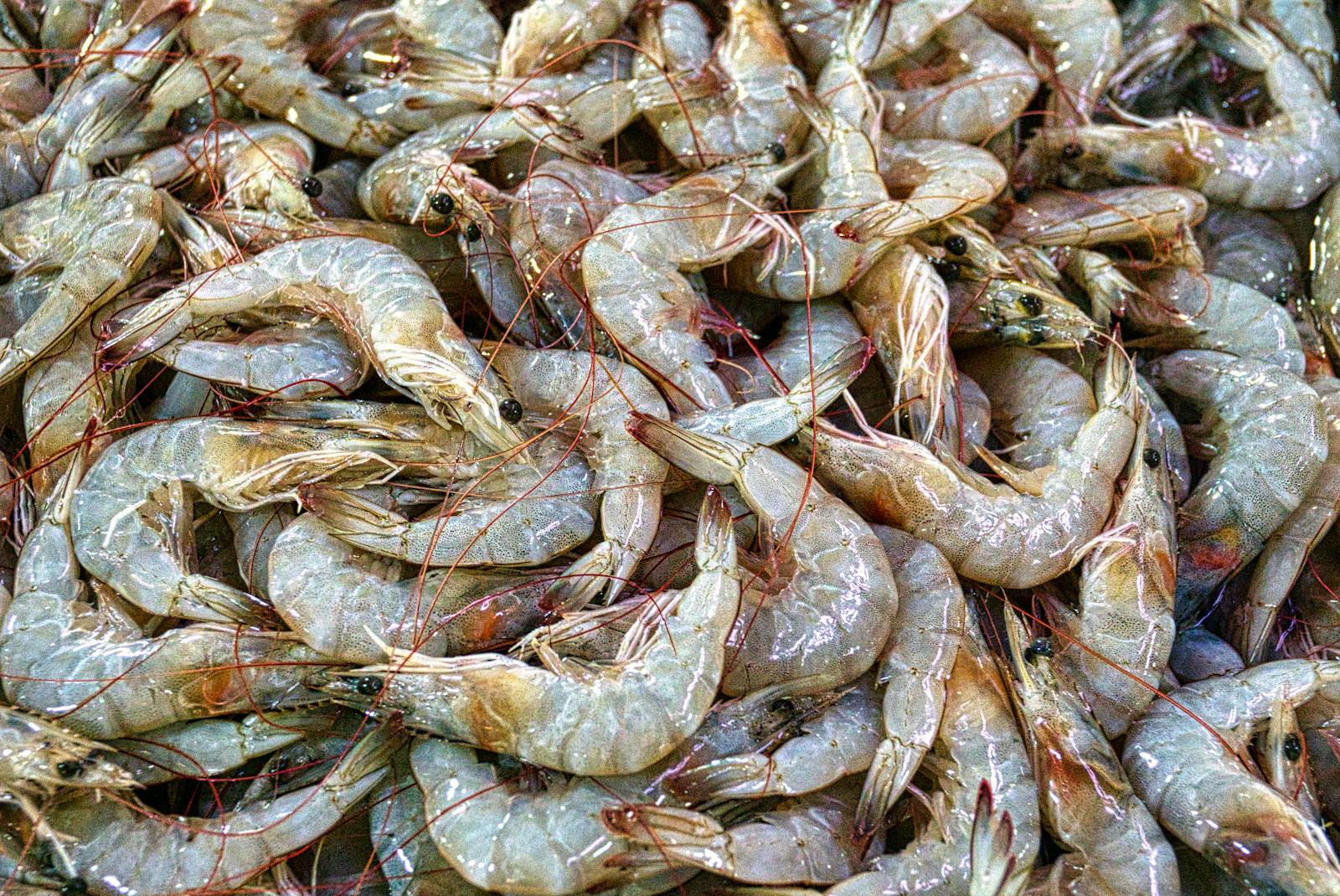
- Carbon footprint: 20.9 kg of CO2 equivalent per kg of edible food product
11. Parmesan cheese

- Carbon footprint: 24.0 kg of CO2 equivalent per kg of edible food product
10. Cottage cheese

- Carbon footprint: 25.3 kg of CO2 equivalent per kg of edible food product
9. Lamb burgers
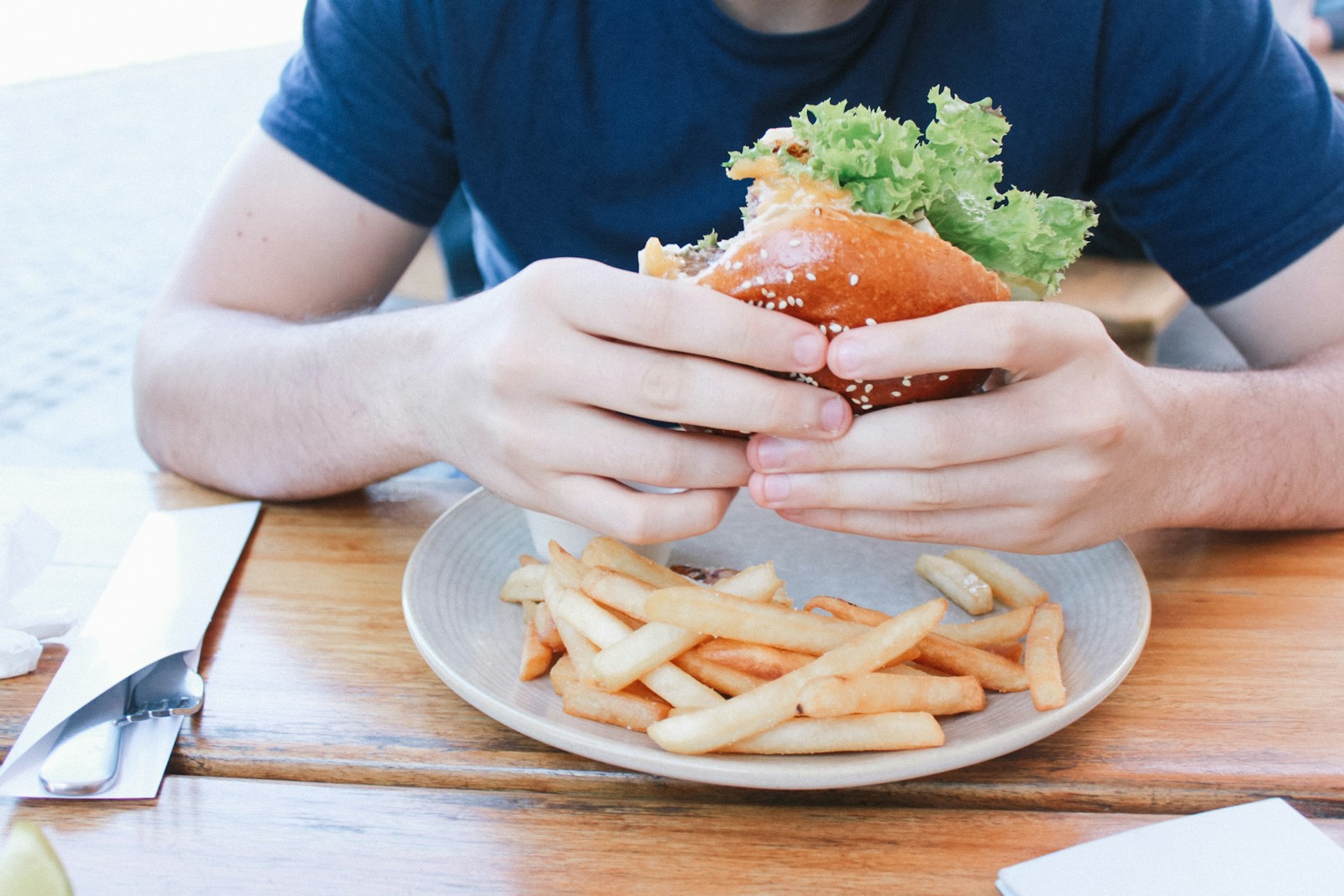
- Carbon footprint: 26.9 kg of CO2 equivalent per kg of edible food product
8. Instant coffee

- Carbon footprint: 28.8 kg of CO2 equivalent per kg of edible food product
7. Lamb leg
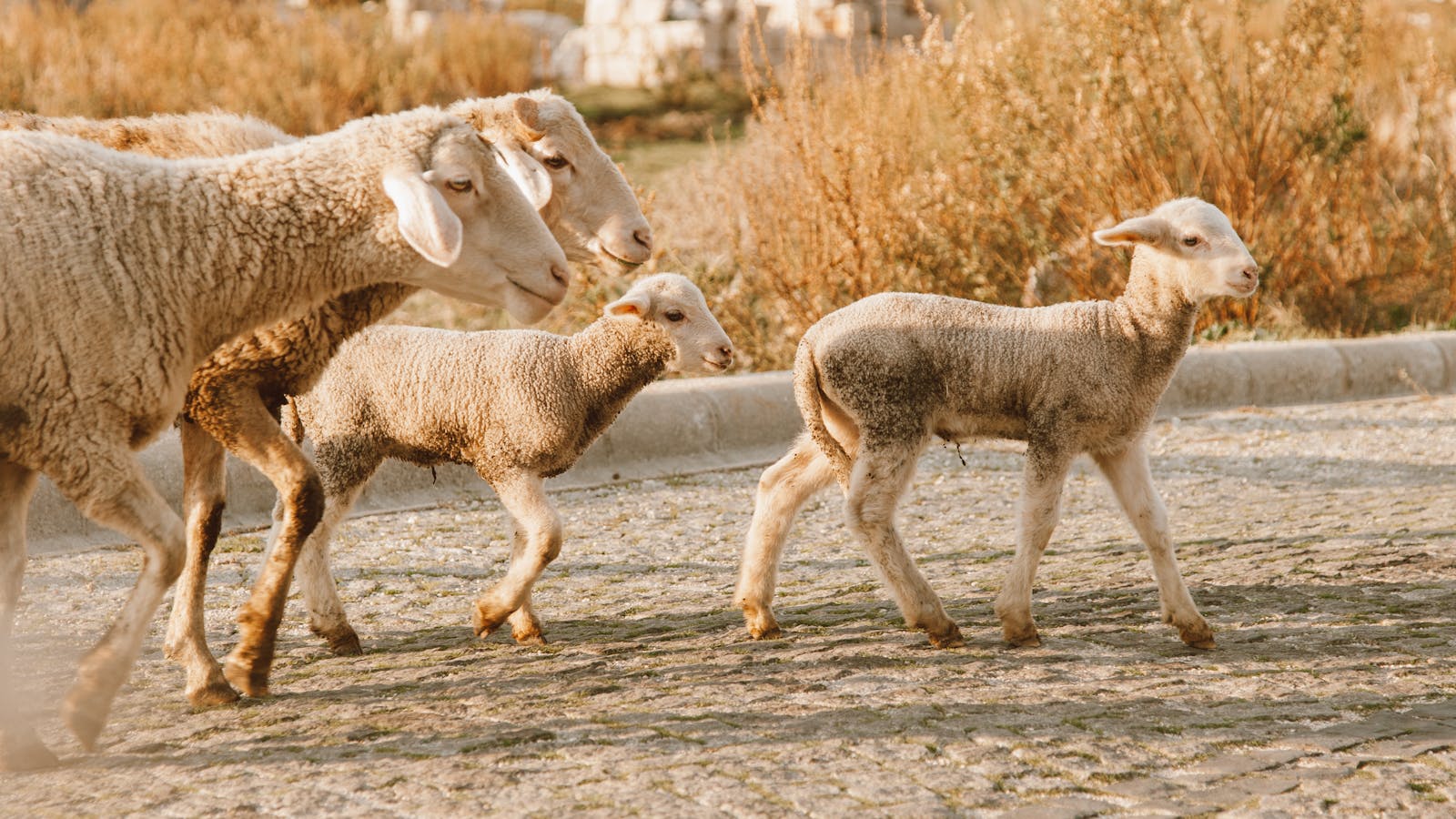
- Carbon footprint: 30.7 kg of CO2 equivalent per kg of edible food product
6. Lamb casserole
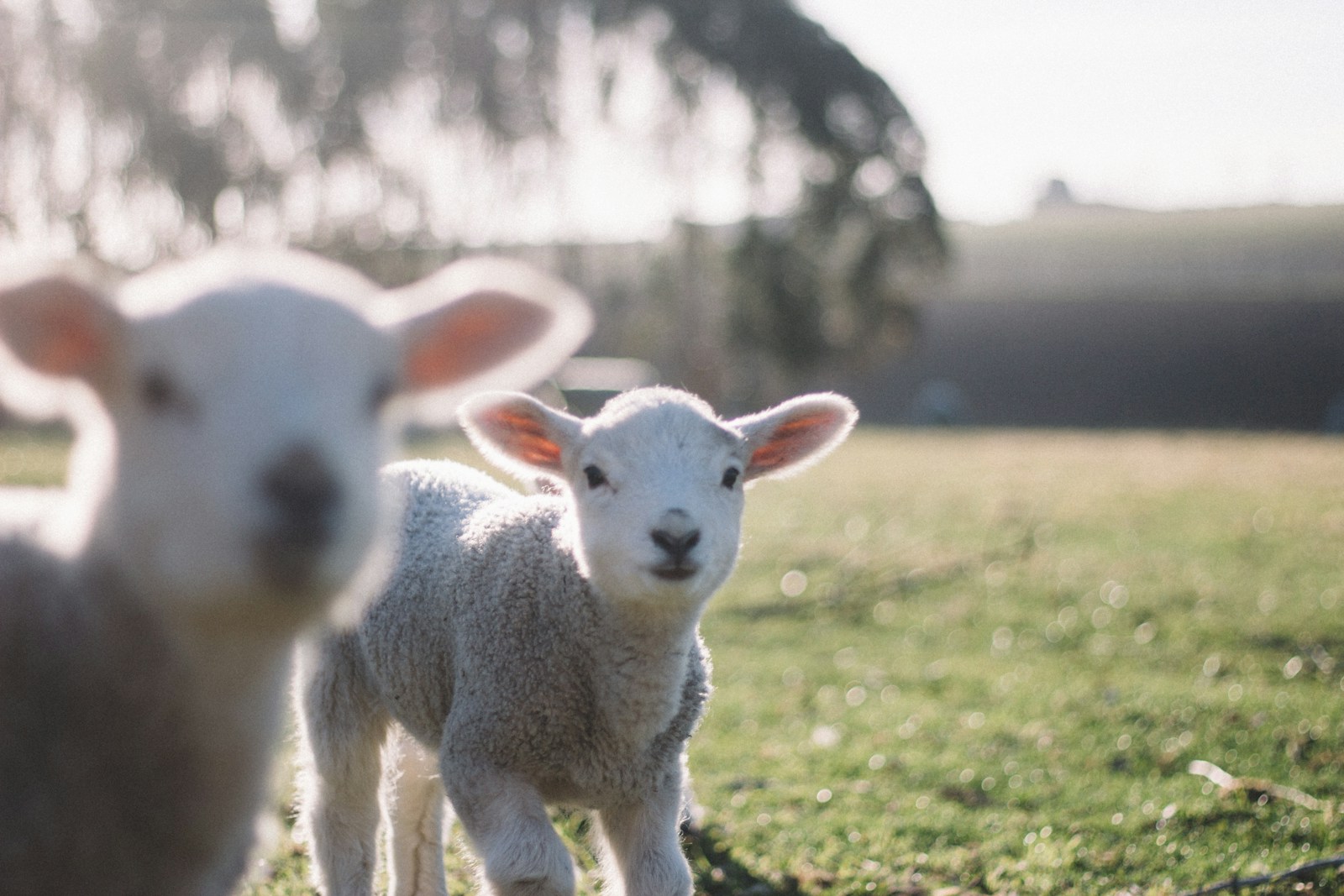
- Carbon footprint: 30.9 kg of CO2 equivalent per kg of edible food product
5. Lamb chops

- Carbon footprint: 30.9 kg of CO2 equivalent per kg of edible food product
4. Beef burger
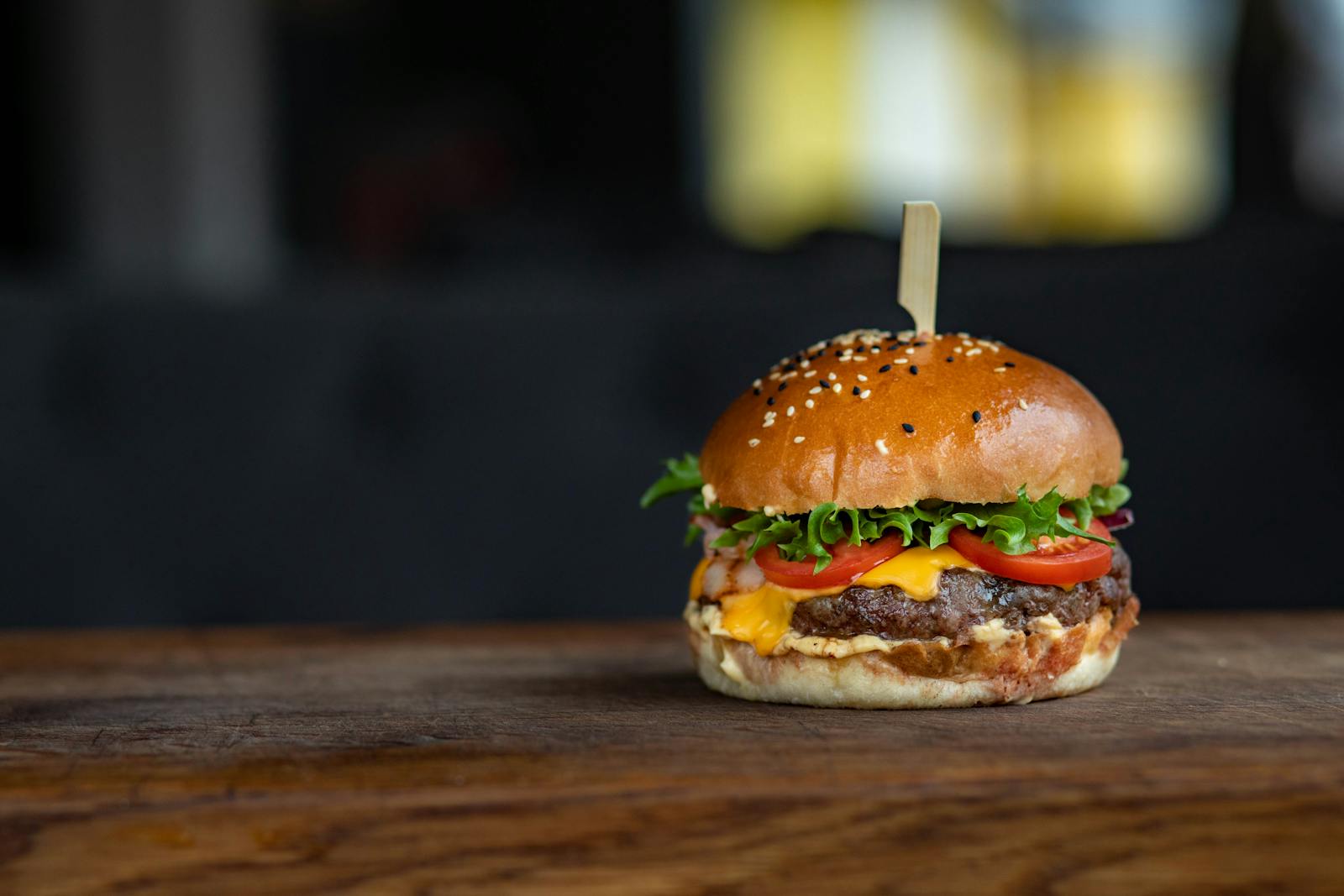
- Carbon footprint: 54.0 kg of CO2 equivalent per kg of edible food product
3. Beef meatballs
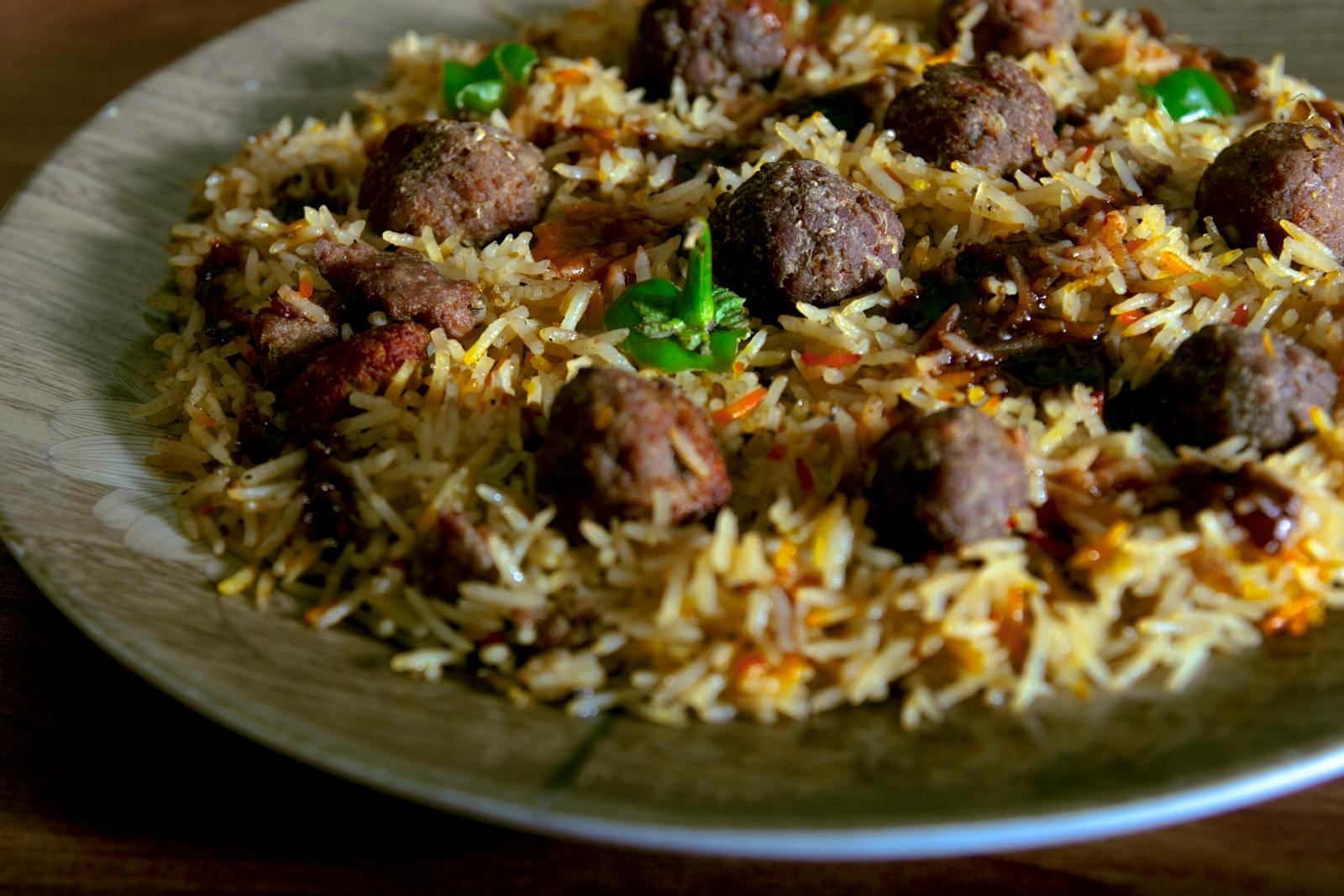
- Carbon footprint: 70.8 kg of CO2 equivalent per kg of edible food product
2. Beef mince

- Carbon footprint: 95.0 kg of CO2 equivalent per kg of edible food product
1. Beef steak

- Carbon footprint: 129.7 kg of CO2 equivalent per kg of edible food product
More from ClimateCrisis 247
- The Cities Where Flooding Is at Historic Extremes Right Now
- Storm System Bringing Several Inches of Rain to These Cities, Possibly Disrupting Memorial Day Weekend Travel
- Rare May Nor’easter Bringing March-Like Cold to These Cities This Week
- ‘Heat Dome’ Covers Southern US; These Cities Could See Record Highs
